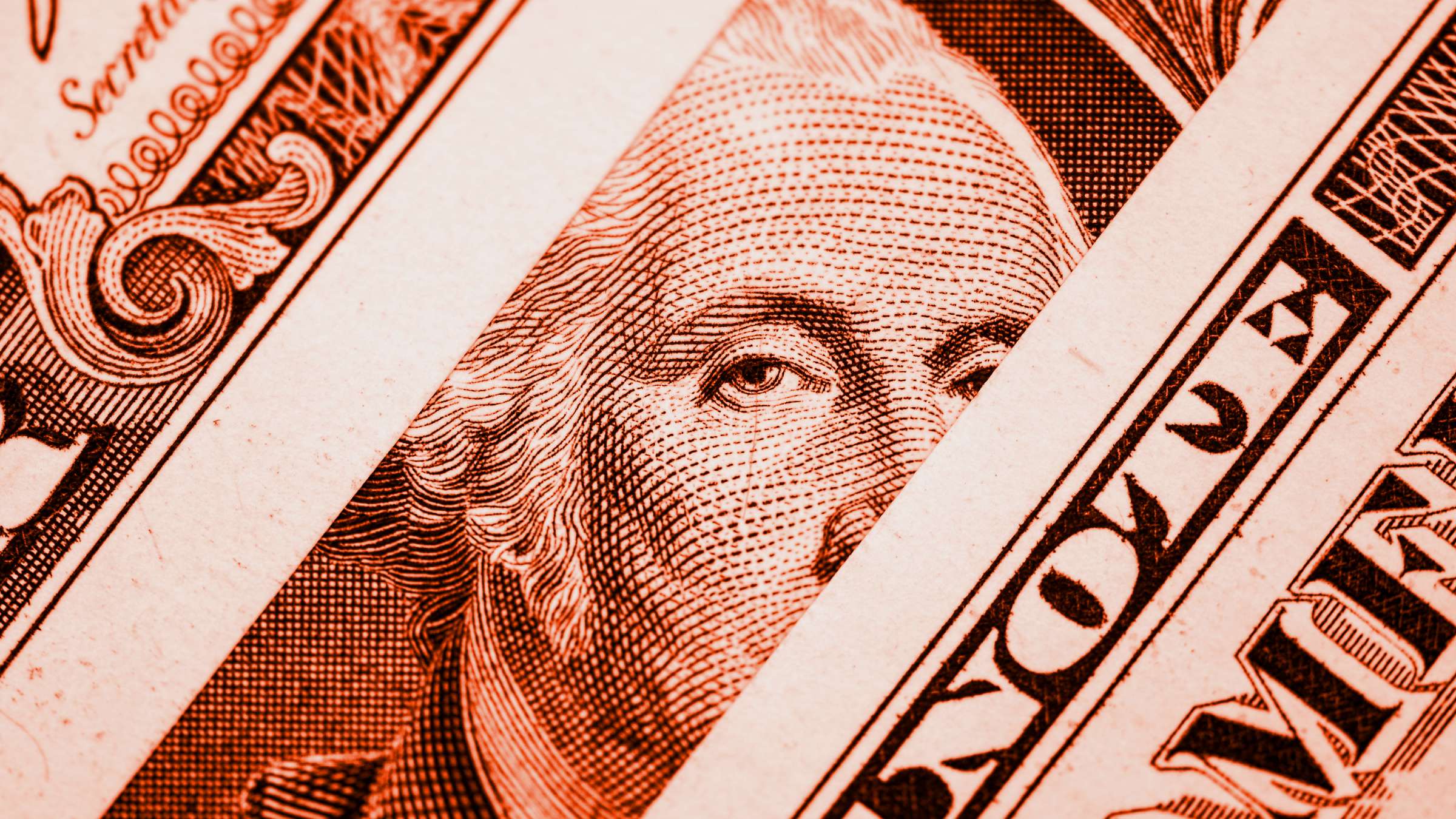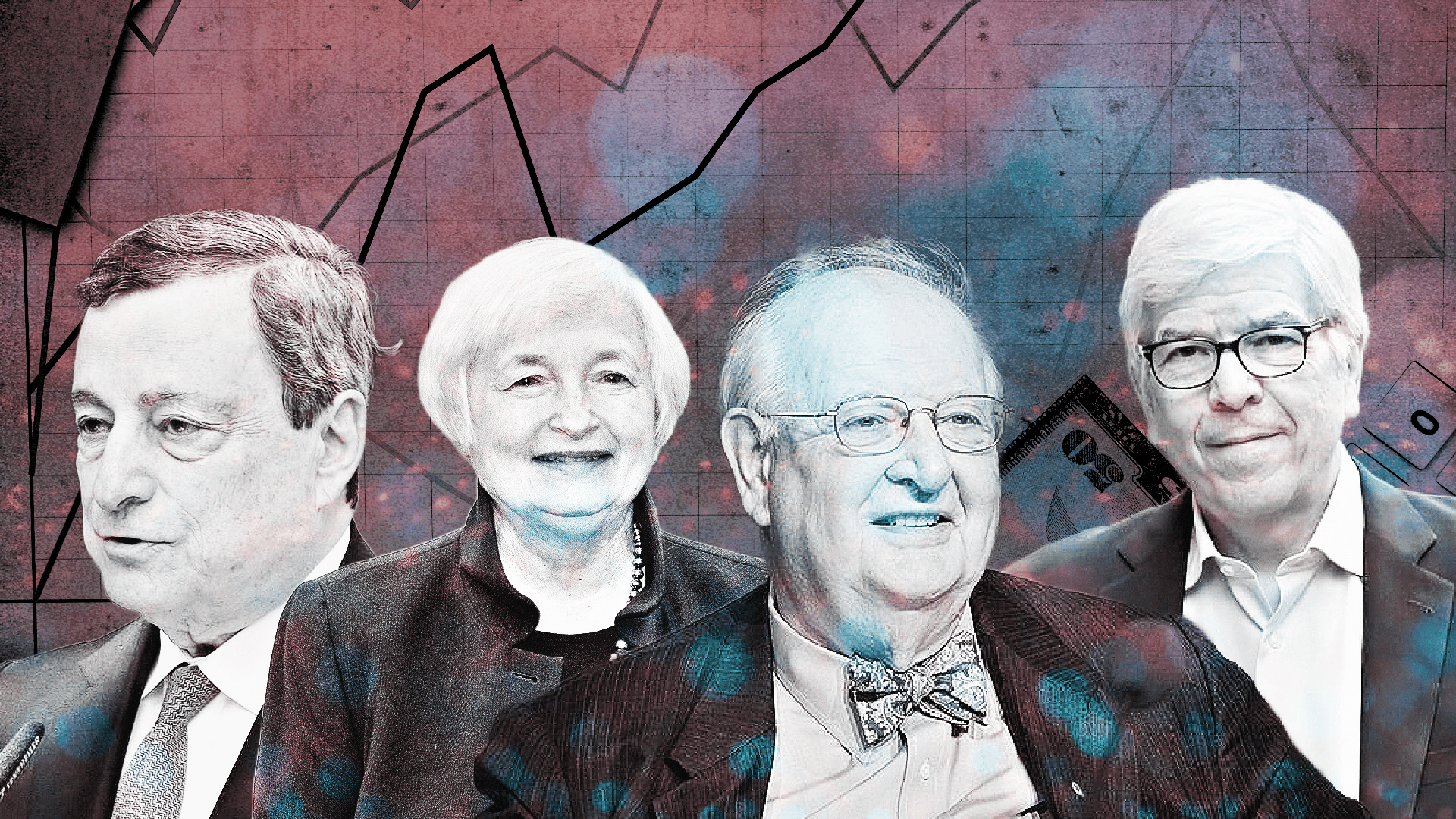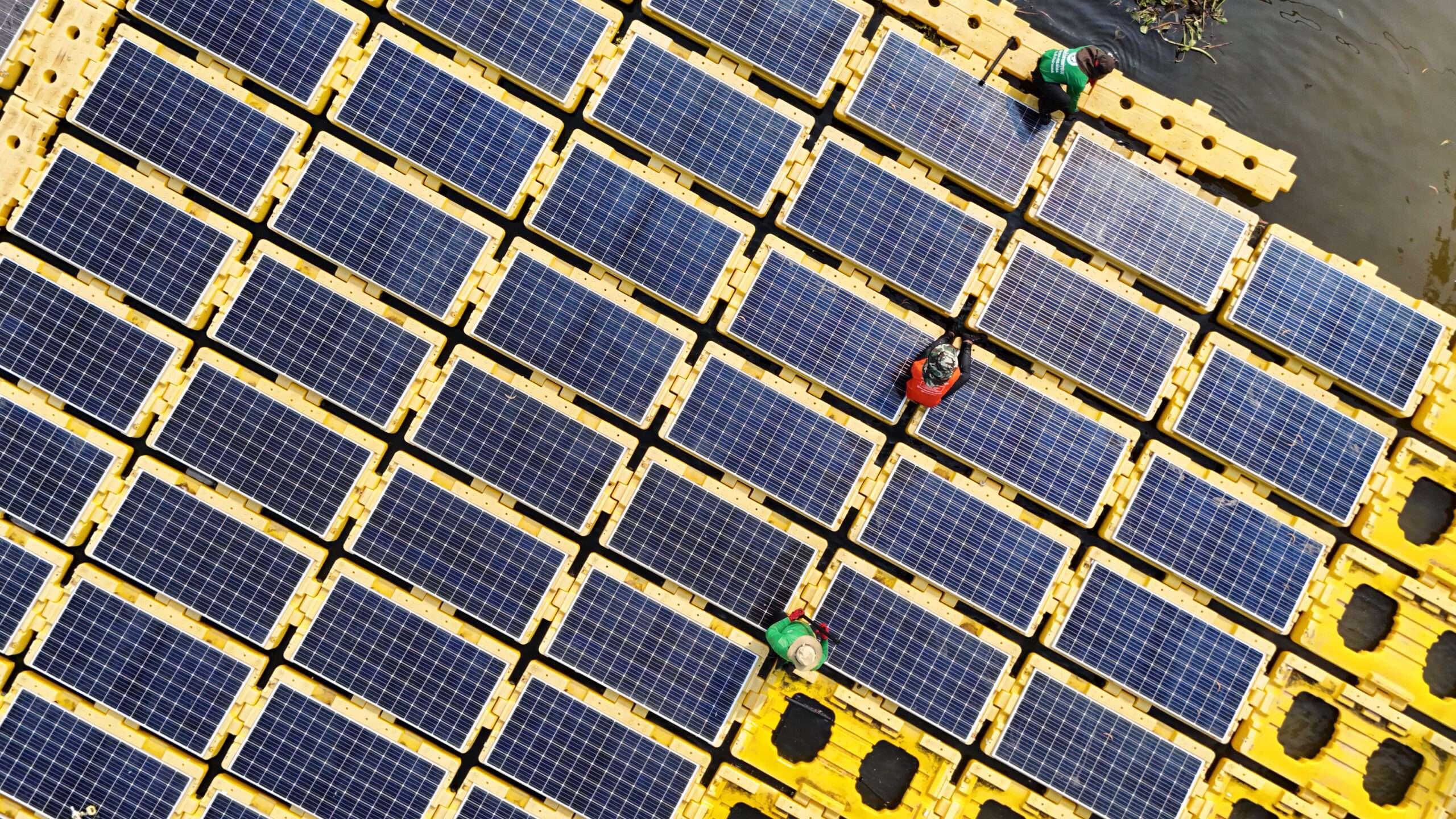
One shortcoming of the Trans-Pacific Partnership is that it has only one major consumer market, the United States, while the rest of the trading partners are essentially producers with limited demand for imported goods, said Terence Chong, who is the executive director of the Institute of Global Economics and Finance at the Chinese University of Hong Kong.
[Reposted from The New York Times | Keith Bradsher | July 8, 2015]
HONG KONG — Willie Fung, a leader in the world’s bra industry, knows just what he will do if negotiators from the United States and 11 Pacific Rim nations complete a Trans-Pacific Partnership trade agreement this summer.
He says he will catch a flight to Vietnam to look at possible locations for a new brassiere factory. Mr. Fung’s company, Top Form, has built factories in China, Thailand, Cambodia and Myanmar, countries that are not part of the planned trade deal. That makes him worry that they may become less competitive if Vietnam qualifies for extra-low tariffs and the United States eases access in other ways to its vast market.
As the trade talks move toward conclusion, Mr. Fung said, garment industry tycoons here in Hong Kong “ask ourselves the question, ‘What does it mean to us?’ ”
After a bitter fight, the House and Senate approved legislation last month to allow President Obama and his successor to submit the Pacific pact and a potential agreement with Europe to Congress for an up-or-down vote with no filibusters or amendments permitted.
A shipping container yard in the northeastern coastal city of Hai Phong, Vietnam. Credit Agence France-Presse — Getty Images
The draft text of the agreement has not been released, but emerging details suggest that it could have a substantial effect on a variety of industries.
Banks from rich countries like the United States and Japan would have the right to be treated more like local banks in less affluent countries, including Peru, Malaysia and Vietnam. Japan would be required to let in more American farm goods. Makers of pharmaceuticals would have an extra tool to protect their patents abroad, limiting competition from less expensive generic drugs. Auto parts would move more smoothly around the Pacific, with fewer taxes.
The Obama administration has been pushing the trade pact as a way to write new rules not just for the 12 nations involved but also as an umbrella to someday cover many other countries — above all, China.
One set of provisions requires that state-owned enterprises become less secretive and receive fewer government subsidies in the form of low-rate loans, cheap or free land and other assistance. The clause is initially aimed at Vietnam — as well as Malaysia and Singapore to some extent — but it offers a signpost for the direction in which the United States wants China to move.
Some Asian economists, particularly those from China, are skeptical that the Trans-Pacific Partnership will have a profound effect on commerce in the region. He Weiwen, a former Chinese Commerce Ministry official who is now a director of the influential China-United States-European Union Study Center at the China Association of International Trade in Beijing, said the potential expansion of trade from a possible China-led pact covering all of East Asia could be up to three times greater.
One shortcoming of the Trans-Pacific Partnership is that it has only one major consumer market, the United States, while the rest of the trading partners are essentially producers with limited demand for imported goods, said Terence Chong, who is the executive director of the Institute of Global Economics and Finance at the Chinese University of Hong Kong and is also a senior economist at Nanjing University in east-central China.
“There are not enough markets for the whole thing to develop — you need China as a market and producer,” he said. “You need more members; now it has only 12, but it may need 20.”
Such criticisms have not dissuaded the Obama administration from pushing ahead. One goal of the pact is to set streamlined rules on technical issues like standardizing the online processing of customs documents, a measure that could not only expedite shipments but also reduce the opportunities for bribing customs officials.
“The real impact, I think, is going to be on trade facilitation,” said Richard Vuylsteke, the president of the American Chamber of Commerce in Hong Kong.
The member countries of the new pact already have a series of bilateral free trade agreements and regional trade agreements that cover large chunks of their trade with each other. The two big exceptions are Japan, which has gone out of its way to protect its farmers, and Vietnam, which is embracing capitalism while remaining tightly controlled politically by its Communist Party.
But perhaps the single biggest driving force is geopolitical.
China has been making increasingly assertive claims of sovereignty over islands and seas close to Japan and Vietnam. That has left both countries willing to open their markets wider to trade with the United States, as a way to move further under the American security umbrella.
Vietnam in particular is trying to draw closer to the United States. Nguyen Phu Trong, the general secretary of Vietnam’s Communist Party and most powerful leader of the country, met with President Obama at the White House on Tuesday in the first such visit by a general secretary from his party.
President Obama and Secretary Nguyen Phu Trong of Vietnam after a meeting in the Oval Office. The secretary said he shared Mr. Obama’s concerns about maritime disputes in South China Sea. Credit Stephen Crowley/The New York Times
While the Trans-Pacific Partnership has 12 members, the trade agreement “is in large part a Japan story and a Vietnam story,” said Peter Petri, an international trade economist at Brandeis University outside Boston.
American executives are often criticized for being oblivious to foreign markets even as business leaders overseas pay close attention to international trade. But one unlikely outcome of the contentious debate in Washington is that many American executives are now focused on the pact, even as it has attracted far less attention among their Asian counterparts.
John G. Rice, General Electric’s vice chairman for global operations, said that if the Pacific trade deal were not completed and approved, and if the Export-Import Bank were not reauthorized by Congress, the combination of the two events “would serve to move the U.S. to the back seat when it comes to global trade, and in the front seat you’re going to see a number of countries, including China.”
The bra industry offers one specific sign of what some of the shifting trade patterns from a successful Trans-Pacific Partnership might mean.
As it turns out, a move of bra manufacturing from China and some of its Southeast Asian neighbors to Vietnam could have a modestly beneficial effect on textile makers in the United States. That is because the partnership is virtually certain to include a “yarn forward” rule, specialists said. Such a rule, already found in the North American Free Trade Agreement, says that to qualify for low or zero tariffs while crossing borders within the regional trade pact, garments must be made from fabric woven in a member country, and that fabric must be made from yarn made in a member country.
Vietnam has low-cost labor but virtually no fabric production or yarn production, said Mr. Fung, who is the chairman of the Hong Kong Garment Manufacturers Association. The United States is the only country in the proposed trade zone with a cotton yarn industry or a cotton fabric industry of any size, and one of several countries in the pact with sizable production of synthetic fabric.
Freight costs to bring fabric from the United States to Asia are extremely low, largely because current trade flows across the Pacific lopsidedly consist of goods traveling from China to the United States. To avoid having shipping containers come back to Asia empty, freight companies accept very low rates for exporters in the United States who want to send cargo to Asia.
Foreign companies may eventually set up yarn and fabric factories in Vietnam. But this could take many years. The country has almost no one with the technical skills needed to operate and maintain the computerized equipment for these highly automated industries.
The Asian fabric industry is also dominated by mainland Chinese and Taiwanese companies, and they are worried about potential political risks if they establish operations in Vietnam.
When China set up an oil drilling rig early last year off the coast of central Vietnam, in waters claimed by both countries, industrial parks in Vietnam were convulsed by rioting that led to the burning of hundreds of businesses owned by mainland Chinese and Taiwanese companies alike. That violence has left such companies wary of further investment.
“There’s just an unease from what has happened in the past,” said Bradley Gordon, a lawyer based in Phnom Penh.
Low freight rates and preferential trade terms mean that American fabric is likely to be highly competitive in Vietnam until new factories eventually emerge there, Mr. Fung said. Top Form, which he led for decades before retiring last November, and where he remains an influential director, buys most of its fabric from China, but it also buys some from the United States. And Top Form, like many such companies, has been looking for ways to reduce its dependence on mainland China as wages there have soared.
So garment makers may set up operations in Vietnam for shipments to the United States, while buying substantial quantities of American fabric to supply their factories, Mr. Fung said. And fabric is a big part of the overall cost.
“If I sell a $10 bra to the United States,” Mr. Fung said, “$5.50 of the cost is the fabric.”













